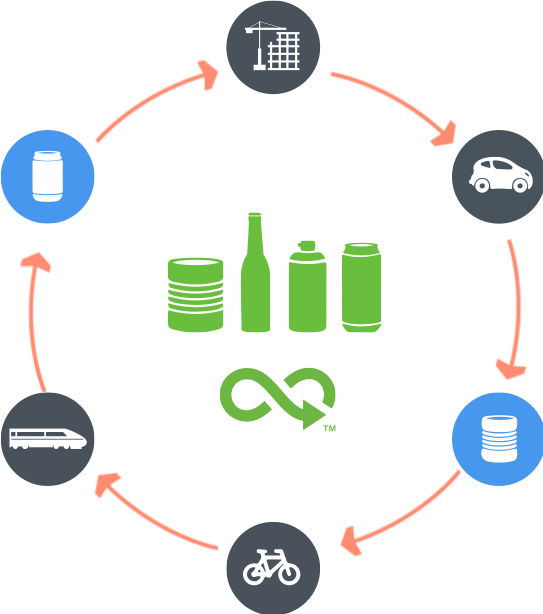When the European Parliament (EP) voted to adopt the Circular Economy Action Plan (CEAP) 2.0 report last 9th February it was a breakthrough moment in more ways than one.
 A cornerstone of the European Green Deal, the CEAP 2.0 is designed to strengthen the EU economy, protect the environment and ensure that the resources used are kept in use for as long as possible.
A cornerstone of the European Green Deal, the CEAP 2.0 is designed to strengthen the EU economy, protect the environment and ensure that the resources used are kept in use for as long as possible.
But the resolution adopted by the EP also recognises the important role of permanent materials in this transition, stating: ‘…the need to increase the availability and quality of recyclates, focusing on the ability of a material to retain its inherent properties after recycling, and its ability to replace primary raw materials in future applications…”
We welcomed this approach, as did the Permanent Materials Coalition composed of APEAL, European Aluminium, the European Container G lass Federation (FEVE) and Metal Packaging Europe.
lass Federation (FEVE) and Metal Packaging Europe.
As permanent materials, aluminium, glass and steel have the potential to be recycled over and over again, without losing their inherent properties. Already top-performers for recycling, these materials are well positioned to play a key role in the transition from a linear to a more circular economy, ensuring endless recyclability and no need for any packaging products to end up as waste.
Particularly steel with its recycling rate of 82,5% in 2018. Just one of the reasons we have recently announced our 2025 vision for recycling – Zero steel packaging to landfill.
Source: Metal Packaging Europe
Read more about APEAL’s reaction to the Huitema report here
Read more from the Permanent Material’s reaction to the EP vote here
